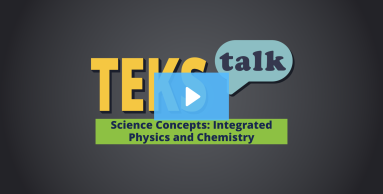
Knowledge and Skills Statement
The further explanation is designed to be a resource for educators that helps them better understand the topic their students are learning. Further explanations may be written at a more complex level than would be expected for students at the grade level.
Students can evaluate their design solution (prototype, product, process, or proof of concept) using a rubric. A rubric is a tool that can be used to guide and assess student performance and skills related to the design challenge and associated thinking processes (engineering design process or computational thinking).
The rubric can be designed by students or the teacher and should consider the following areas:
Were the criteria and constraints for the design challenge met?
- Students design their solution based on the criteria (desired outcomes) and consider constraints (limitations).
Did the design include ideas from all team members? - Students work in collaborative teams to contribute solution ideas and design a cohesive plan.
Did the design solve the problem? - Students develop and implement testing processes, gather data, and engage in data analysis. Data results are analyzed to determine how the design solves the problem.
Was the project at or under budget? - Students conduct a cost-benefit analysis. A cost-benefit analysis compares the projected or estimated costs and benefits (or opportunities) associated with project decisions. A cost-benefit analysis could be as simple as...In an engineering design challenge, examples may include but are not limited to material costs, building/implementation time investment or duration, environmental impact, safety considerations, and projected durability or longevity of the design solution or product.
Research
Priyadi, A. N. W., Heru Kuswanto, and Sumarna. "Android Physics Comics to Train the Mathematical Representation Ability on Momentum and Impulse of Senior High School Students." Journal of Physics: Conference Series 1440, no. 1 (2020): 012041.
https://doi.org/10.1088/1742-6596/1440/1/012041
Summary: The purpose of this experimental study is to train students' mathematical representation abilities using the android physics comics of momentum and impulses. Based on the results of the analysis it can be concluded that learning using the android physics comic’s application can improve the mathematical representation ability of students on the momentum and impulses.
Research
Coban, A. (2023). Algodoo for online education: Impulse and momentum activities. Ithaca: doi:https://doi.org/10.1088/1361-6552/abd1e9
Summary: In this study, the Algodoo program, which can increase the efficiency of the teaching environment by ensuring active participation of students in online lessons, and the applications involving Impulse and momentum are explained in detail.
